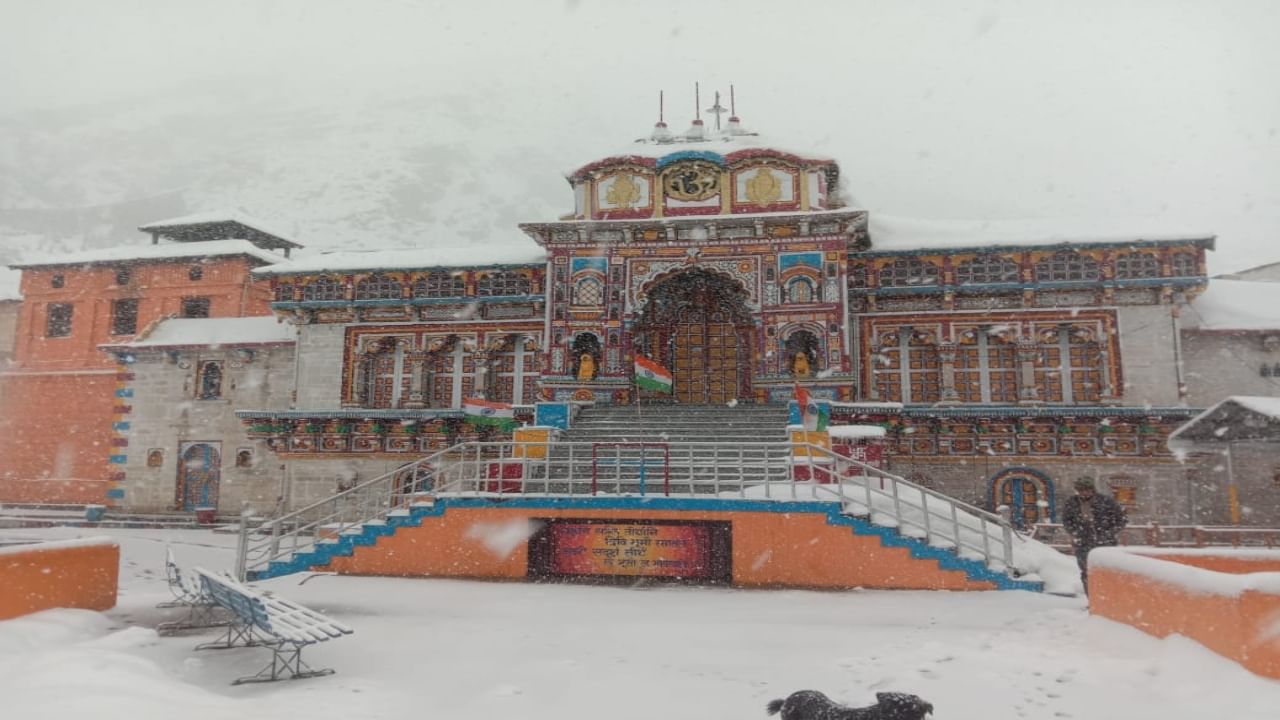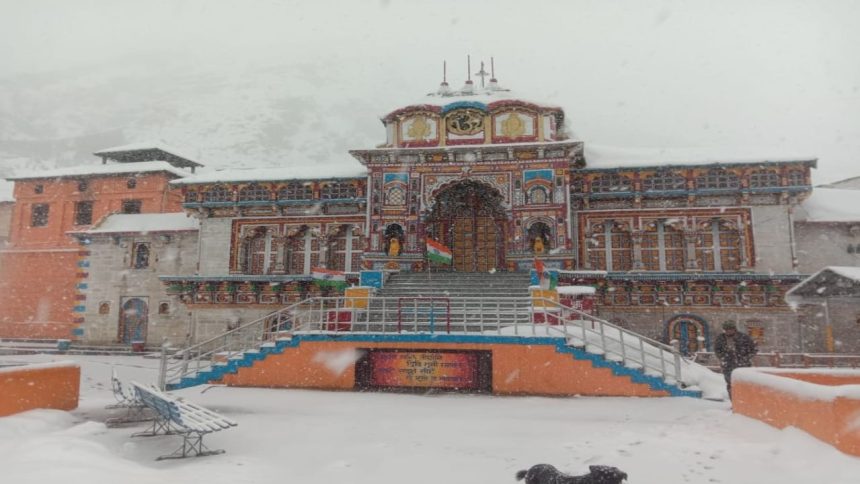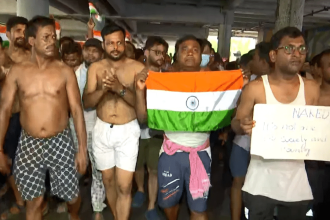
Badrinath: Nestled in the high Himalayas, Badrinath shrine is one of the most sacred pilgrimage sites for Hindus. While millions visit to seek the blessings of Lord Badri Vishal, very few know of the temple’s centuries-old tradition of offering food to cockroaches before serving the Lord’s royal meal.
This tradition reflects the temple’s deep-rooted philosophy of respecting all living beings, aligning with the belief that every creature has a place in the cosmic order.
A ritual unlike any other
In most households, cockroaches are seen as pests, often driven away with insecticides. However, in Badrinath, they hold a special place in the daily worship rituals. Before offering Rajbhog (the grand meal) to Lord Narayana, food is first given to cockroaches, cows, and birds. This ritual is a mark of compassion, ensuring that all beings are satisfied before Lord Vishnu partakes in his meal.
The Garuda Kuti near Taptkund houses these cockroaches, referred to locally as Jhodoo Sangla, where rice is placed for them to eat. Simultaneously, cows and birds in the temple complex receive their offerings, signifying the interconnectedness of all life forms. Once these creatures have fed, the Lord’s meal is presented, keeping alive an age-old tradition of inclusivity and respect for nature.
The daily rituals at Badrinath temple
The worship schedule at Badrinath temple follows a strict pattern. In the morning, Panchameva Bhog (a mix of dry fruits) is offered to Lord Narayan. This is followed by Bal Bhog, which is given after the sacred Abhishek (ritual bath), and Pinda Prasad, a special offering prepared for ancestors’ spirits.
By the afternoon, Rajbhog, consisting of saffron rice, dal rice, and laddus, is ceremoniously presented. But before this grand meal reaches the Lord, the ritual of feeding cockroaches, cows, and birds takes place. In the evening, milk and rice are offered to Narayan, completing the day’s rituals.
The legend behind this tradition
According to former Dharmadhikari Bhuvanchandra Uniyal, the practice aligns with Lord Narayana’s intention to satisfy all living beings before receiving his own meal. The tradition traces back to Adi Guru Shankaracharya, the 8th-century philosopher who revived Hindu traditions and established Badrinath as a sacred site.
Legend has it that Shankaracharya lifted Lord Vishnu’s Padmasana rock from Tapt Kund and placed it under Garuda rock, an area inhabited by cockroaches. Since then, this ritual has remained an integral part of the temple’s spiritual customs, reinforcing the belief that every life, however small, is worthy of divine consideration.
A symbol of inclusivity & harmony
This unique tradition highlights Hinduism’s emphasis on respecting all creatures, fostering harmony between humanity and nature. Devotees visiting Badrinath Dham not only witness the grandeur of its rituals but also learn the profound philosophy behind them—a reminder that every being has a role in the universe.










